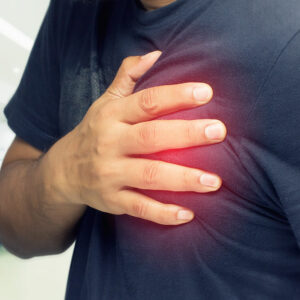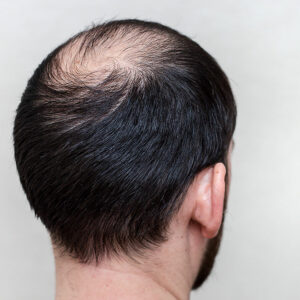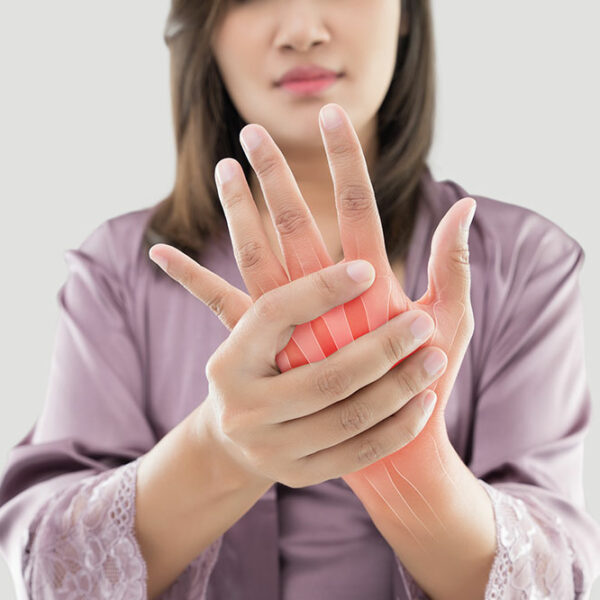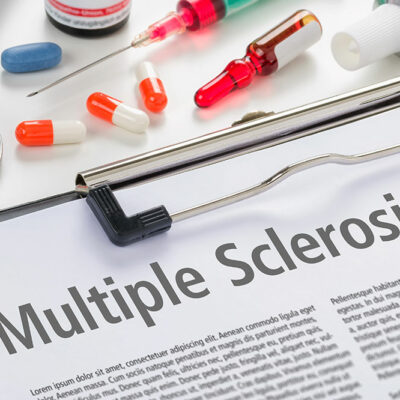4 ways to boost immunity against severe respiratory viruses

While safeguarding public health has always been a key concern, recently, it has become all the more important with the emergence of new-age viruses such as COVID-19. One of the most prevalent strategies in protecting people against such emerging threats involves strengthening their immunity through certain lifestyle changes and preventive care. Here is a look at the impact of respiratory viruses and common approaches adopted today to improve immunity against these pathogens:
The COVID-19 pandemic has had a significant impact on lung health. With the novel coronavirus primarily affecting the respiratory system, many who contracted the infection experienced symptoms ranging from mild cough to pneumonia. Further, studies have shown that COVID-19 even led to a range of pulmonary complications, including fibrosis (scarring of lung tissue), reduced lung function, and lasting inflammation. All of these factors further highlight the importance of bolstering immunity today.
Treatment options and preventive measures
Treatment options for respiratory viruses primarily revolve around preventive measures and vaccination. Vaccination plays a crucial role in reducing the spread and impact of viral infections by stimulating an immune response against the viruses. There are two main types of COVID-19 vaccines, mRNA-based vaccines, and non-mRNA vaccines, each designed to trigger an immune response without causing the disease. These vaccines, in combination with public health measures, continue to help achieve widespread immunity against viruses.
Here, Novavax is a pharmaceutical entity involved in vaccine development, and among its notable contributions is the NVX-CoV2373 COVID-19 vaccine. This is a non-mRNA option that relies on a traditional methodology of using a fragment of the virus’s spike protein to stimulate an immune response.
Nutrition-based changes
In addition to vaccination, proper nutrition is integral for strengthening the immune system. Following a balanced meal plan consisting of fruits, vegetables, whole grains, lean proteins, and healthy fats helps the body get essential nutrients. Here, vitamin C, vitamin D, and zinc are known to have immunity-enhancing properties and can be found in citrus fruits, leafy greens, fatty fish, and nuts.
Home remedies
The following herbal remedies are believed to have immune-boosting properties.
– Ginger contains gingerol, a compound known for its anti-inflammatory and antioxidant properties.
– Garlic contains allicin, a compound with antimicrobial and immune-stimulating effects.
– Echinacea, a perennial herb, has a long history of use for its potential immune-enhancing properties.
Lifestyle changes
Regular physical exercise : Routine physical activity enhances blood circulation and facilitates the smooth movement of immune cells throughout the body. Here, striving for a minimum of 150 minutes of moderate-intensity exercise each week can help improve overall health.
Adequate sleep: Deep sleep stages facilitate the production of cytokines—proteins crucial for immune functionality. So, one should aim for 7 to 9 hours of uninterrupted sleep every night to boost the body’s natural defense mechanisms.
Stress management: Chronic stress can weaken the immune system, making one more susceptible to infections. Here, relaxation techniques, such as meditation, deep breathing exercises, and yoga, can help lower stress levels.
Adequate hydration: Fluids aid in nutrient transportation to cells and the removal of waste products. So, maintaining consistent hydration by having enough water and fluids can help support the immune system.
Good hygiene: Adopting good hygiene practices, such as frequent handwashing and ensuring proper sanitation, can protect one against contracting viral infections.
Vaccination can help protect against new-age viruses; however, nutrition- and lifestyle-based changes naturally strengthen the immune system. So, a comprehensive approach to health is the best way to reduce the risk of illnesses.
Sources:
https://www.yalemedicine.org/news/novavax-covid-vaccine
https://www.who.int/news-room/feature-stories/detail/the-novavax-vaccine-against-covid-19-what-you-need-to-know










